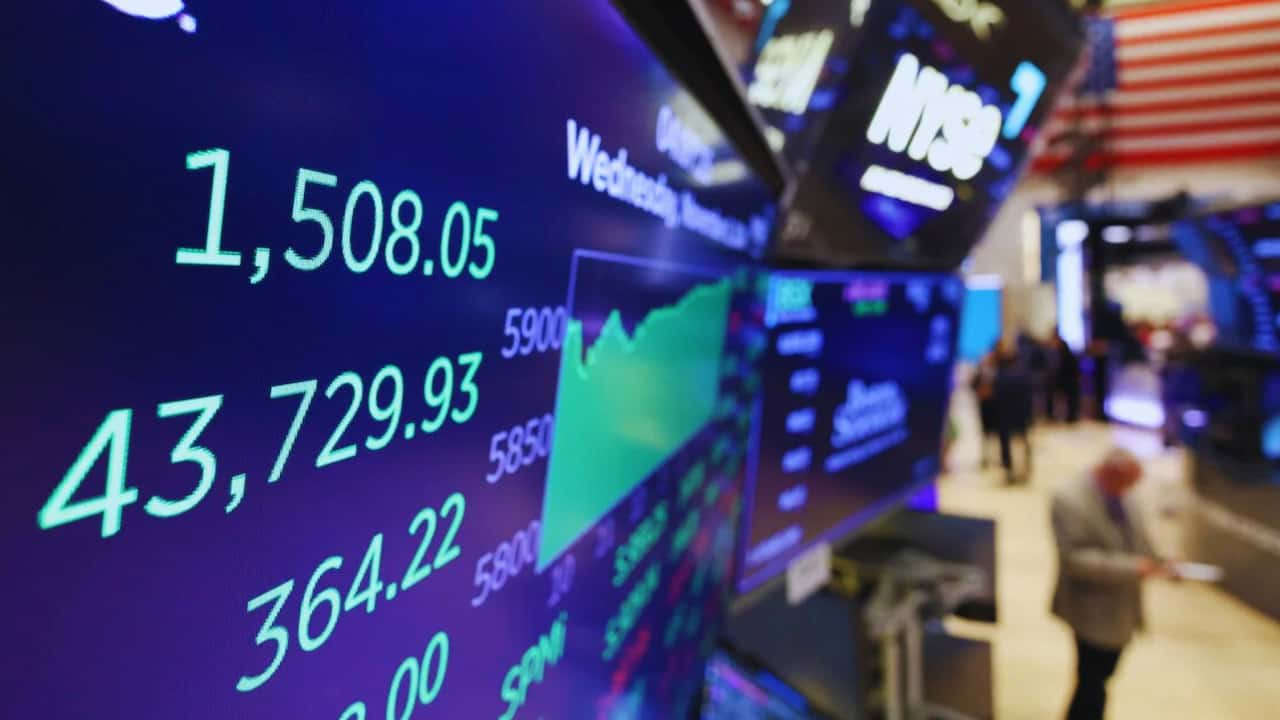Market Rollercoaster: What Trump’s Return Means for Your Money
Wall Street is sending mixed signals about Donald Trump’s return to the White House, with stocks soaring while bonds flash warning signs. This split reaction tells us an important story about what investors expect from the next four years.
The stock market is clearly celebrating, with the Dow Jones breaking 44,000 for the first time ever. Big banks are ecstatic, anticipating a reduction in regulations. Since Trump changed his stance on bitcoin, the cryptocurrency markets are thriving.
But not everything is rosy. The bond market—often called the smart money of Wall Street—is raising red flags. Why? Let’s break it down in plain English.
Tax Cuts and Rising Debt Trump’s promised tax cuts have both positive and bad sides. While they might boost business growth, they could add a whopping $7.75 trillion to America’s debt over ten years. That’s nearly double the $3.95 trillion projected under Harris’s plans, according to budget watchdogs.
The Tariff Effect Trump’s proposal to impose extensive tariffs on imports is generating significant scrutiny. Although he asserts that foreigners will bear the cost of these taxes, experts predict that Americans will ultimately bear the burden through increased store prices. Since presidents can impose tariffs without Congress’s approval, this is a real concern for many economists.
Housing Market Impact The ripple effects are already hitting home buyers. Even though the Federal Reserve is cutting rates, mortgage costs are climbing. A 30-year fixed-rate mortgage now averages 6.79%, up significantly from September’s 6.08%.
Wall Street’s optimism Despite these warning signs, stock investors remain upbeat. They’re focusing on several potential positives:
- Clear election results, avoiding messy legal battles
- Promises of business-friendly policies
- Hope for faster economic growth
- Expected corporate tax cuts
However, market experts warn this honeymoon period might not last. “The market is pricing all the positives, perhaps too much so,” says Stephanie Roth, chief economist at Wolfe Research. “But I wouldn’t lean against it yet. Maybe next year.”
What This Means for Your Money The market’s mixed signals suggest several key takeaways:
- Higher borrowing costs might be here to stay.
- Inflation could pick up due to tariffs and other policies.
- Stock market gains might face headwinds once initial excitement fades.
- Bond yields could keep rising, making debt more expensive.
Looking Ahead Market veterans suggest January 2025 could be when reality sets in. As Trump takes office and starts implementing his policies, both the stock and bond markets might need to adjust their expectations.
David Kotok, co-founder of Cumberland Advisors, sums it up well: “The stock market loved the election outcome. But there is nervousness in the bond market. The bond market is primarily concerned about the magnitude of deficits and the potential for inflationary tariffs.
For the time being, Wall Street’s celebration persists, but astute investors are closely monitoring the exit. The coming months will show whether the stock market’s optimism or the bond market’s caution was the better guide to Trump’s second term.
